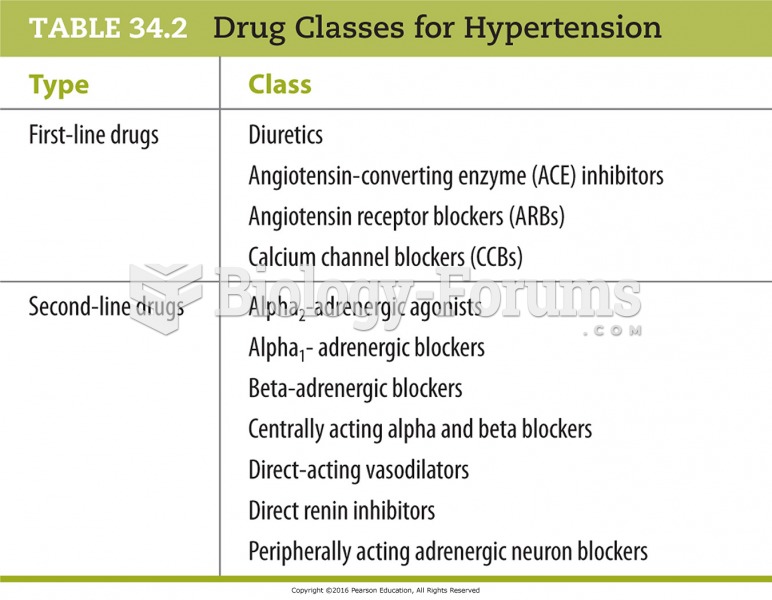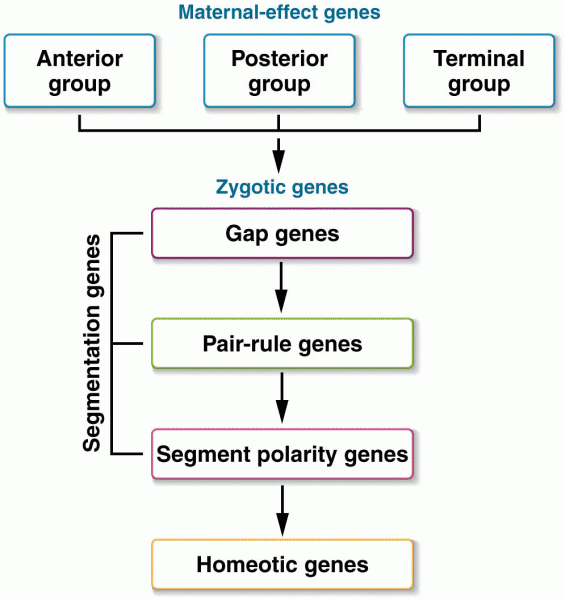|
|
|
The average adult has about 21 square feet of skin.
Nearly 31 million adults in America have a total cholesterol level that is more than 240 mg per dL.
The first documented use of surgical anesthesia in the United States was in Connecticut in 1844.
Everyone has one nostril that is larger than the other.
Dogs have been used in studies to detect various cancers in human subjects. They have been trained to sniff breath samples from humans that were collected by having them breathe into special tubes. These people included 55 lung cancer patients, 31 breast cancer patients, and 83 cancer-free patients. The dogs detected 54 of the 55 lung cancer patients as having cancer, detected 28 of the 31 breast cancer patients, and gave only three false-positive results (detecting cancer in people who didn't have it).







